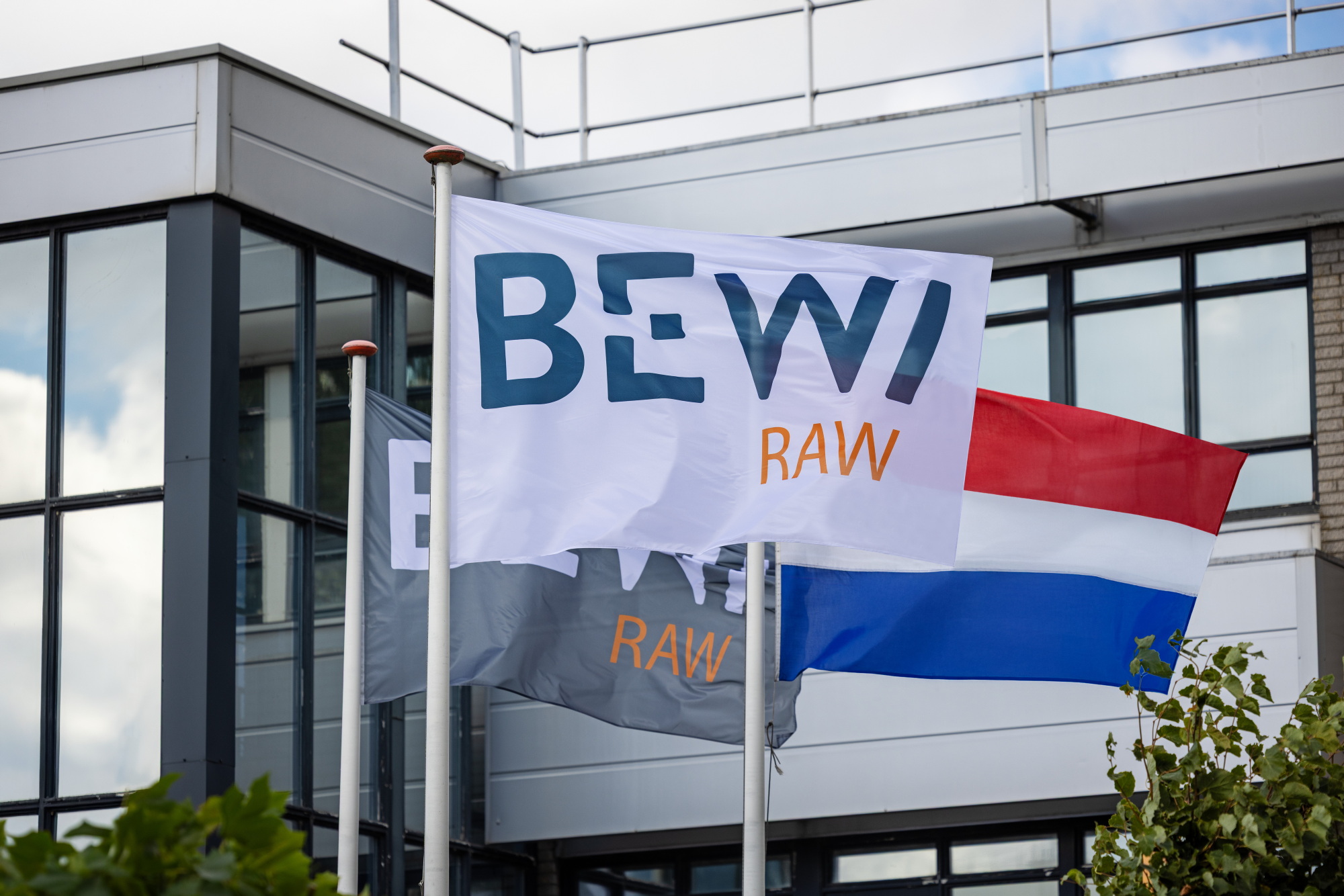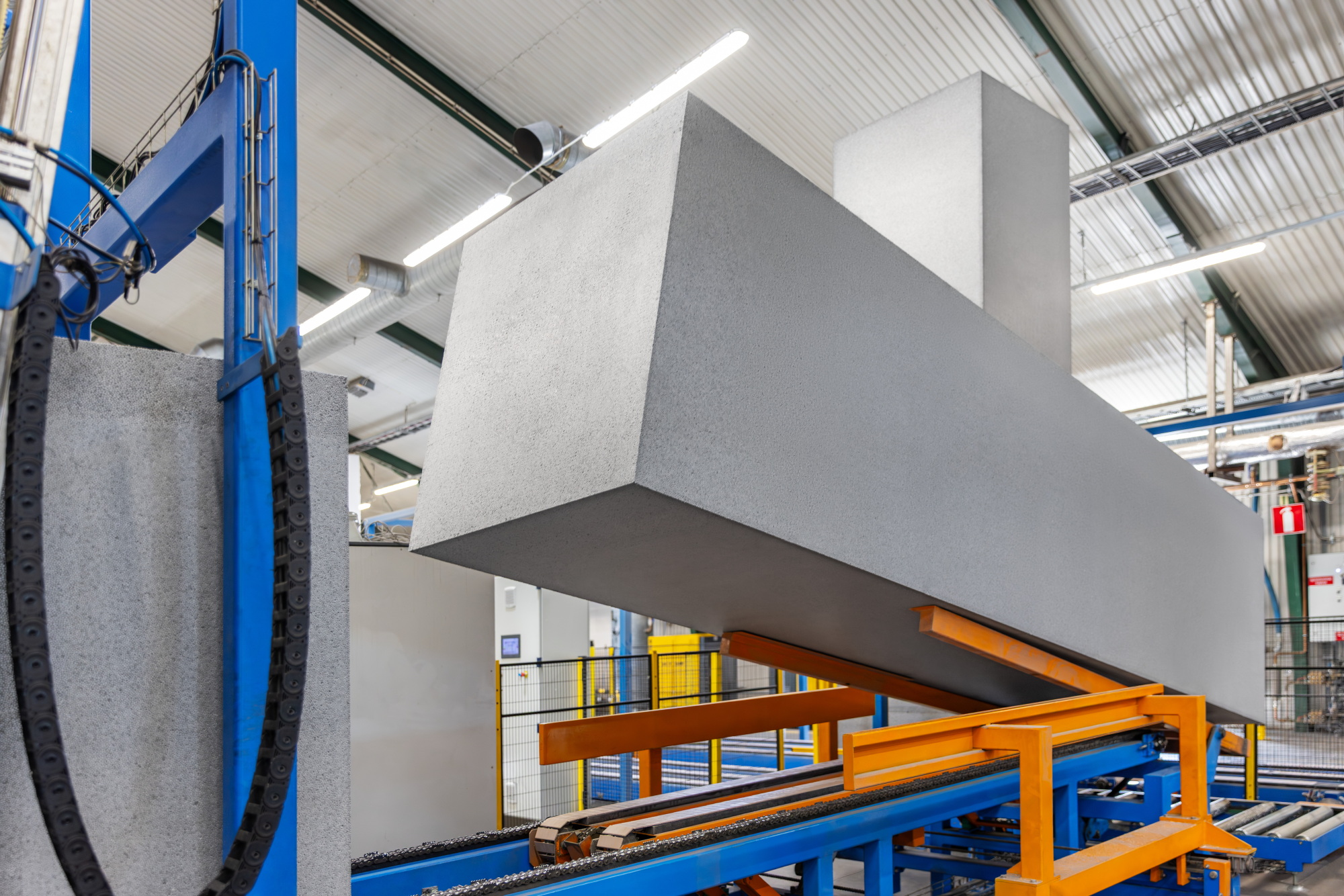
BEWI's environmental progress for 2024: Together we're closing the loop
Interview with Camilla Louise Bjerkli, Chief Sustainability Officer
Continuing the efforts to lead the change to a circular economy
Substantial reductions in greenhouse gas emissions and advancements in circularity and recycling are just some of BEWI’s environmental milestones over the past years. We had a talk with Camilla Bjerkli, Chief Sustainability Officer, about the achievements, the activities behind them, and the path forward.




